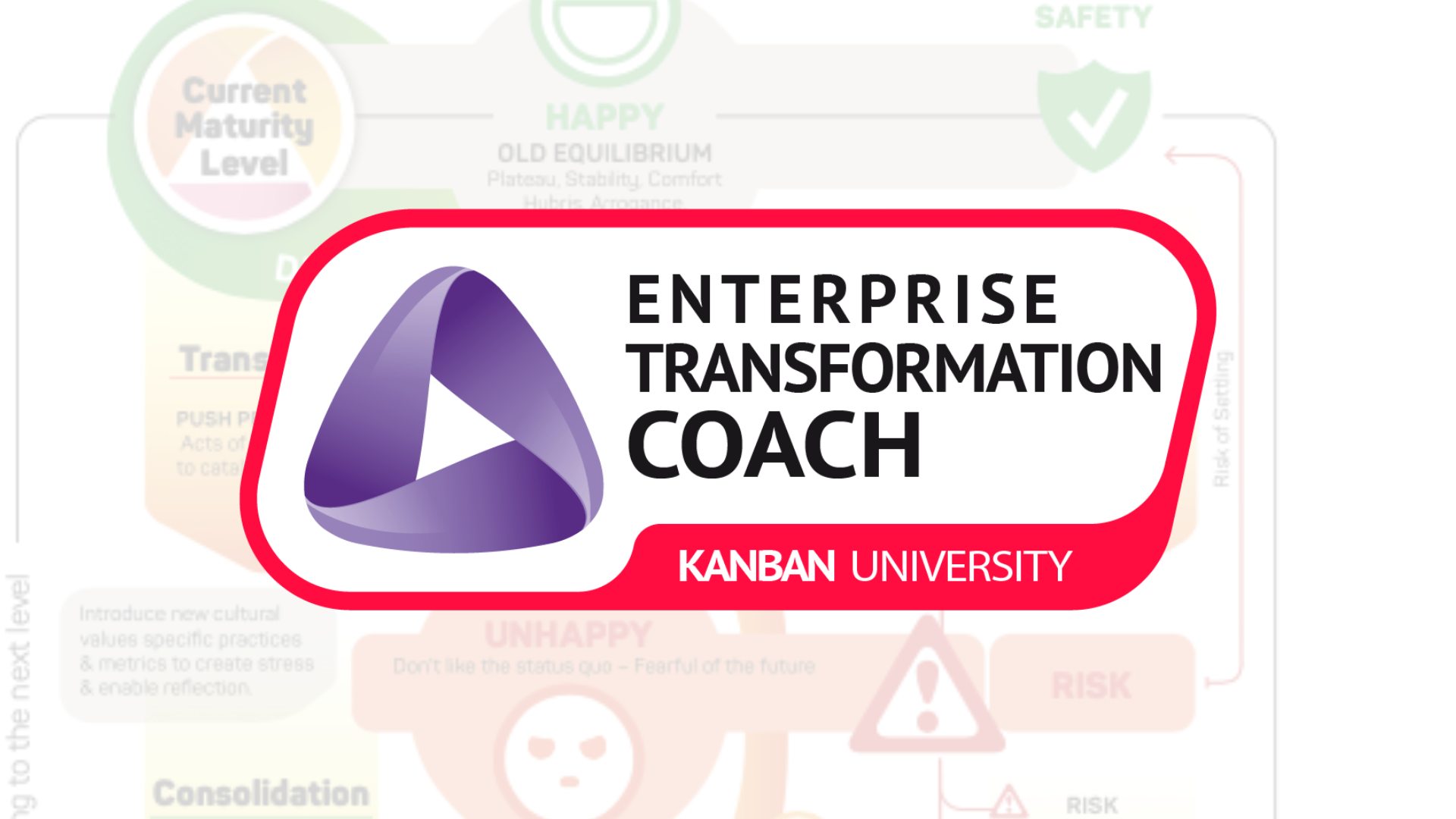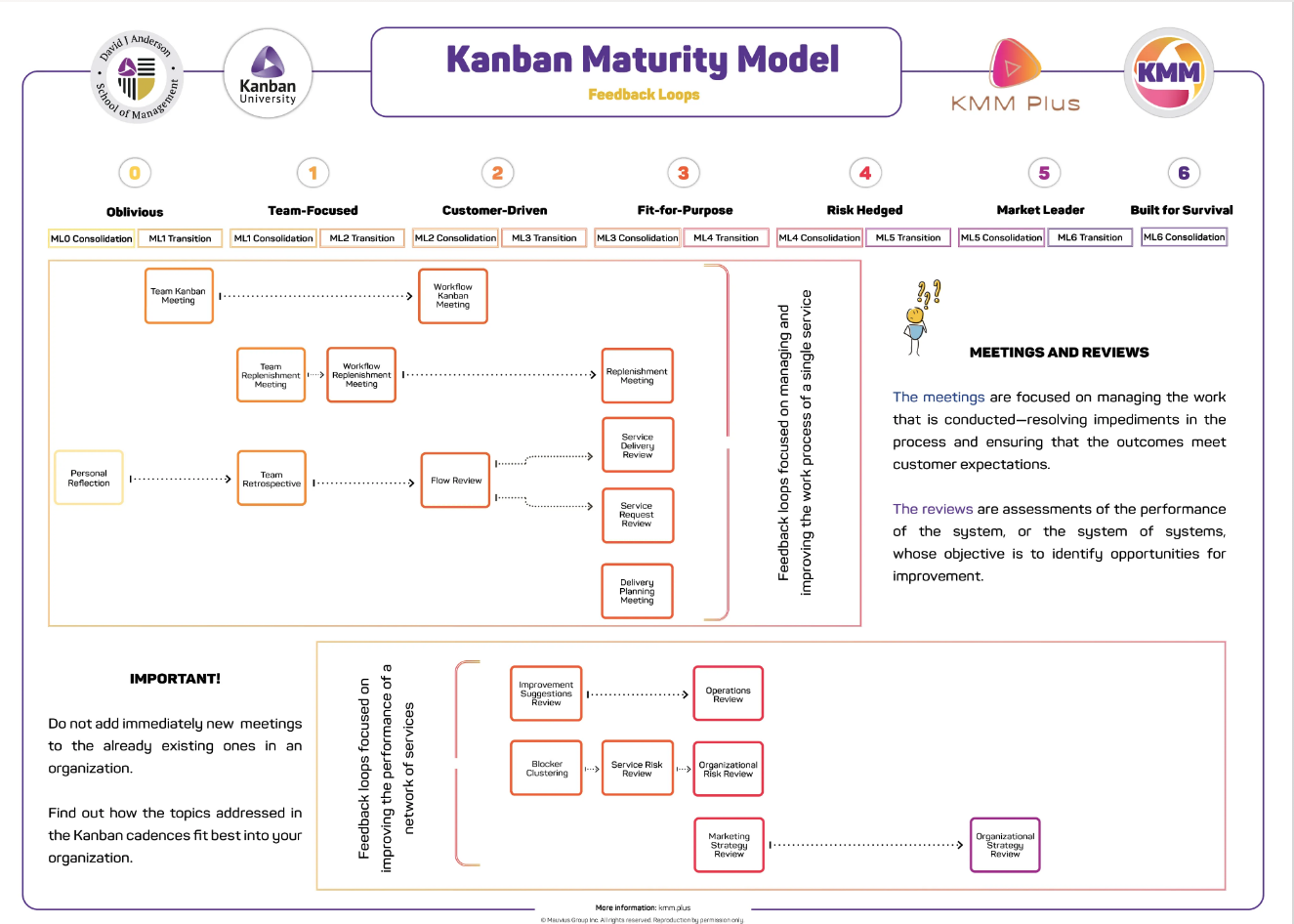Kanban Patterns & Organizational Maturity
This is part 3 of at least 4 parts in a series studying kanban system and board designs and relating these to organizational maturity as a core coaching tool. If you need to catch up, read Part 1: Organizational Maturity & the J-Curve Effect and Part 2: Patterns of Kanban Maturity. In part 3 I take all the kanban board and system designs from part 2 and map them to the organizational maturity assessment framework from part 1. The value of this is that a quick and effective method of assessing organizational maturity and a small pattern catalog of deepening maturity kanban board and system designs provides Kanban Coaching Professionals with a consistent set of starting designs likely to be successful in bootstrapping Kanban adoption and catalyzing further evolutionary change. In other words, we’re matching the sophistication of the design to the sophistication of the organization. In Part 4, I will look at what it takes to move up the organizational maturity ladder with evolutionary change.
Mapping Kanban Designs to Organizational Maturity Levels
Throughout this post the mapping is shown at the lowest viable level. An example of a board design will work at a higher level of maturity. In some cases it may be necessary and the only available design. For example, if we create an Executive Kanban to encourage executive leadership to take actions to help with service delivery or evolutionary change then that would be a personal kanban system but most likely implemented in a level 4 or 5 organization. It may also be true that while we can implement some designs at higher levels, the effectiveness is diminished because the board and kanban system is a sufficiently powerful stressor to catalyze further evolutionary change. This is discussed in detail in part 4.
Personal Kanban
Figure 1 maps Personal Kanban to its lowest viable level. In a nascent organization with no discernible structure or processes, personal kanban will still help individuals get work done and have an impact on organizational effectiveness. It may be the only viable option at such a low maturity level.
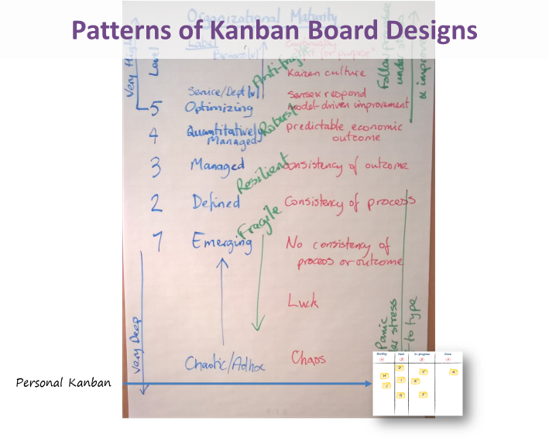
Figure 1. Personal Kanban & Organizational Maturity
Aggregated Personal Kanban
With aggregated personal kanban we see the emergence of collaboration or at least some value in knowing what others in a team are doing. So we see some organizational behavior emerging and hence the organizational maturity is a little higher. Figure 2 shows that aggregated personal kanban kicks in a little higher up with maturity level 1. It is likely to be a starting kanban choice in very low maturity organizations – very emergent or chaotic circumstances and where there is an inability to form a wider service-oriented view of operations.
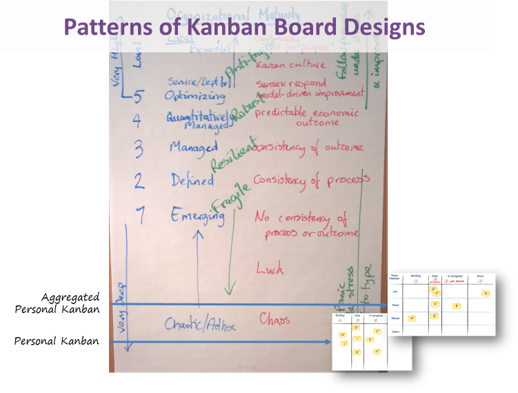
Figure 2 Aggregated Personal Kanban & Organizational Maturity
Team Kanban
Team kanban demonstrates that we have overt collaboration happening at a team level – typically 2 to 6 people but perhaps up to 12 people. The team may provide a discrete service, but more often than not they are part of a longer workflow. There is typically a lack of service orientation at this level. Team kanban systems remain inwardly focused providing relief from over-burdening and are typically task-focused rather than customer-valued work-centric. When the tickets do represent customer-valued work and a customer is identifiable then it is a sign that the team provides a discrete service and some service-oriented thinking is emerging in the organization. Figure 3 shows that team kanban emerges in maturity level one as we start to see a transition from a focus on individuals to a focus on group collaboration. Team kanban is likely to be successful even while there is a reliance on individual heroics and some amount of luck in delivering within customer expectations.
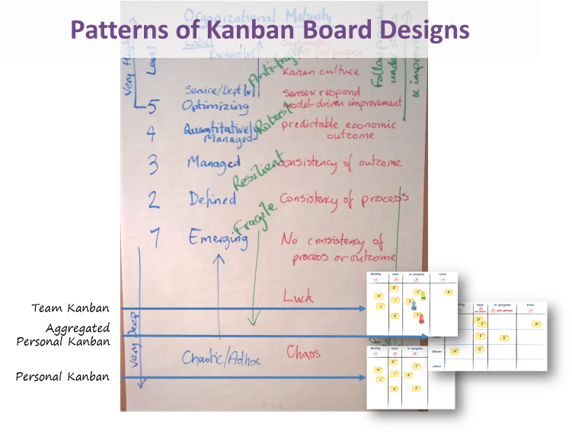
Figure 3. Team Kanban & Organizational Maturity
Emergent Workflows
What separates an emergent workflow kanban form a team kanban is the overt understanding that there is a workflow and hence the provision of a service. There is by definition a customer making service requests. The tickets on an emergency workflow board tend to be customer requested and hence represent customer-valued work. With this design, we see the emergence of service-orientation. While the workflow isn’t (yet) well understood, there is a customer focus. More of the values and principles of the Kanban Method is evident. For this reason, emergent workflow boards are shown as requiring greater organizational maturity than team kanban boards. We are still very much within the scope of maturity level 1, as shown in Figure 4, as we can’t define a service delivery workflow but the seeds of growing maturity have been planted.

Figure 4. Emergent Workflow & Organizational Maturity
Per Person WIP Limit
With a “per person WIP limit” board, we have a defined workflow for the first time. We are now borderline on maturity level 2, as shown in Figure 5. The organization is ready for the stress of a pull system with end-to-end WIP limits but we do have service-orientation, a defined workflow and a board visualizing customer-valued work items. We are seeing a deeper implementation of the Kanban Method with more of the values and practices present.
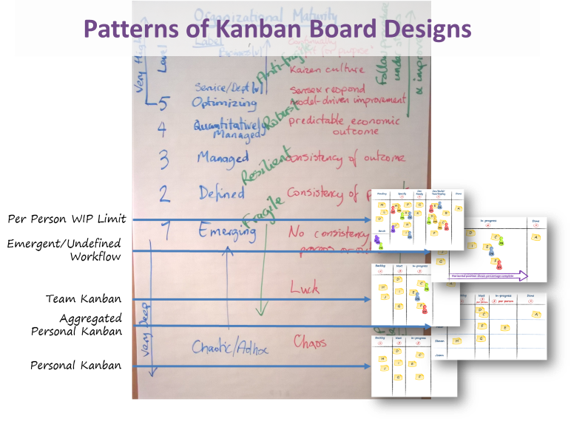
Figure 5. Per Person WIP Limit & Organizational Maturity
CONWIP & Decoupled Cadences
The ability to decouple the cadence of planning, committing or selecting work, from the cadence of delivery shows growing organizational maturity and an ability to coordinate activities with selective audiences. It is unusual for the audience at a replenishment meeting to be the same audience required for a delivery planning meeting and hence, decoupling these in terms of invited participants and frequency of occurrence is a sign of growing maturity. In addition, having the ability to allow work to continue in-progress while a delivery is being made shows some additional technical capabilities – for software development, it requires a capability in configuration management with an ability to use relabeling or branching in a version control system, or to embed code for dynamic code switches (or toggles) to render partially complete features inactive on delivery. Configuration management is a maturity level 2 process area in the CMMI. Together with a defined workflow and an actual pull system, we are now solidly in maturity level 2 territory. This style of board is shown as borderline maturity level 2 in Figure 6 as the workflow may be shallow. We may be dealing with a team kanban that has been decoupled or a team level batch process such as Scrum which has been decoupled. It is not essential that a board of this design is part of a customer-focused, service-oriented workflow and hence there may be fewer of the Kanban Method values and principles present in an organization adopting a CONWIP as shown in Figure 6 than a “per person WIP limit” as shown in Figure 5. I’ve chosen to show it as slightly higher maturity because of the emergence of a proper pull system for the first time and hence it is a borderline proper kanban system. We are leaving proto-kanban behind with this design.
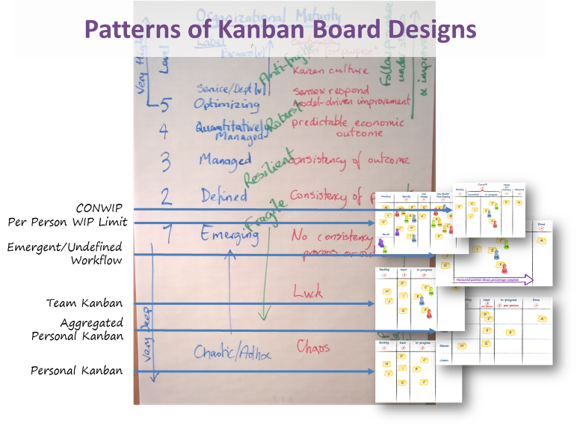
Figure 6 CONWIP with Decoupled Cadences & Organizational Maturity
Aggregated Team Kanban
We are solidly in maturity level 2 territory, as shown in Figure 7. We have a defined service-oriented, customer-focused workflow. We have team level kanban systems with localized pull and relief form overburdening. The quality delivered to the customer will almost certainly improve even though other aspects of service delivery such as lead time and predictability may still be suffering. The organization isn’t ready for the stress of a proper pull system. The concept of a workflow level replenishment meetings and delivery planning meetings may not yet have occurred. We may have a push system from the customer perspective with localized pull at each team level. It is likely there is no customer involvement in pull decisions and very little collaboration between the service delivery workforce and the customer. So collaboration is still local to the service delivery organization but the emergence of a board like this shows that there is value in transparency, visualization and collaboration between teams within the workflow. This is evidence that there is some focus on customer service and delivering to customer expectations. The work will reflect that and the tickets will be customer-valued work items rather than team level tasks.
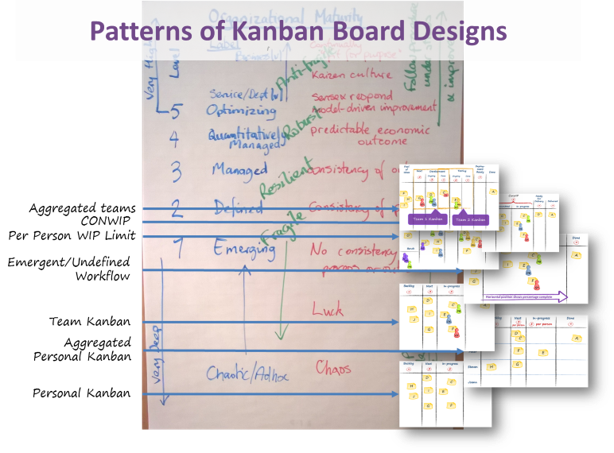
Figure 7. Aggregated Team Kanban & Organizational Maturity
Physical Space Kanban Boards
At this point, we have a kanban pull system. It is likely, though not essential, that we have customer involvement in replenishment meetings, and that delivery planning meetings are also emerging as a necessary element in the process. We are now beginning to manage flow as we focus on shorter lead times and improved predictability. The WIP limits are now the overt stressor in the system and we will see the emergence of behavior to manage the flow of tickets and some effort to optimize the liquidity within the system. As shown in Figure 8, we are moving up towards maturity level 3. We probably haven’t reached level 3 as we are choosing a kanban board designed to work with less disciplined organizations. We would expect a solid level 3 organization to have the discipline not to abuse WIP limits and to understand when to break them for tactical reasons and when to change them as a systemic adjustment.
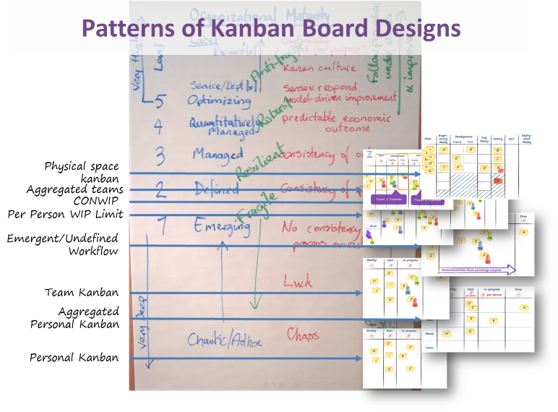
Figure 8. Physical Space Kanban Boards & Organizational Maturity
Physical Token Kanban Boards
With the adoption of a physical token style kanban board, where the tokens such as magnets on a magnetic whiteboard are now the kanban in the system and represent the WIP limit, we have matured to level where we trust ourselves to manage the flow through a defined workflow. The organization doesn’t panic under slight stresses such as hitting a WIP limit. It holds its discipline and reacts by attempting to improve when given slight stress. We are solidly maturity level 3 as shown in Figure 9. We have the discipline not to abuse the WIP limit by adding tokens in response to tactical challenges and slight discomfort from enforcing the workflow. We have a customer-focused, service-oriented, full workflow, kanban pull system. We have well and truly left the world of proto-kanban behind us. At this level we would expect replenishment meetings to involve the customer, delivery planning to involve the downstream recipients of the product or service, and for service delivery reviews to emerge along with metrics for quantitatively managing flow. If these attributes of the Kanban Method are present then we are on our way to maturity level 4.
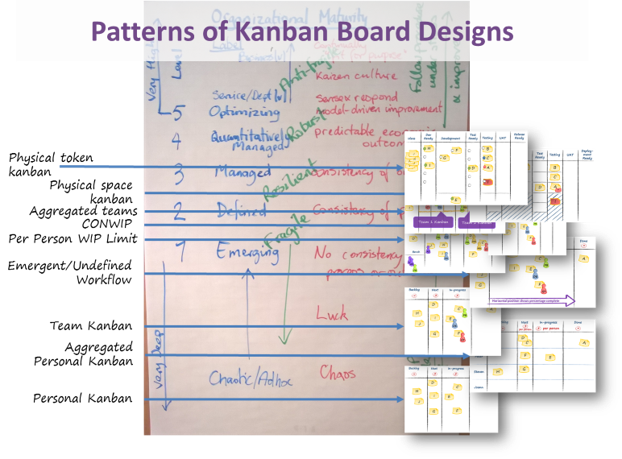
Figure 9. Physical Token Kanban Boards & Organizational Maturity
Virtual Kanban Boards
As shown in Figure 10, we are now mid-level 3 on our maturity ladder. The organization has the discipline to stick with WIP limits and respond to slight stresses with improvements. We like virtual kanban boards because they lend themselves to rapid and easy changes. We have a customer-focused, service-oriented, full workflow, kanban pull system. We have well and truly left the world of proto-kanban behind us. At this level we would expect replenishment meetings to involve the customer, delivery planning to involve the downstream recipients of the product or service, and for service delivery reviews to emerge along with metrics for quantitatively managing flow. If these attributes of the Kanban Method are present then we are on our way to maturity level 4.
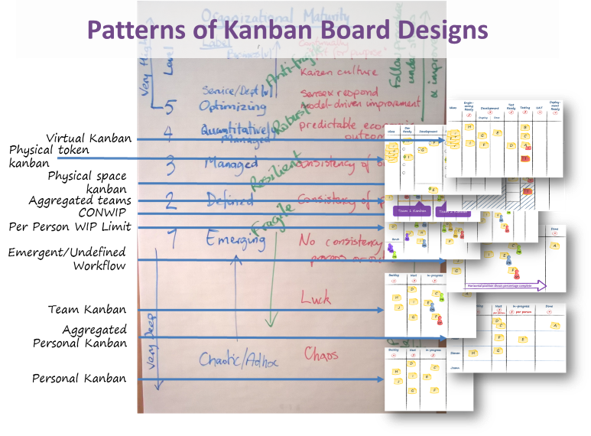
Figure 10. Virtual Kanban Boards & Organizational Maturity
Classes of Service
There is now an overt understanding of customer needs, expectations and emergence of an understanding of the risks the customer is managing. To facilitate better customer service and service that is appropriate to the risks the customer is managing, we offer classes of service, separating out lead time and predictability expectations by class and allowing the customer to request an offered class of service based on a business risk justification. Replenishment meetings must now involve the customer directly. We would also expect delivery planning meetings to involve customers and stakeholders responsible for using the delivered item. We may also see emergence of risk hedging capacity allocation by class of service and hence the emergence of maturity level 4 quantitative management techniques. Figure 11 shows that service delivery workflow kanban systems with classes of service are borderline maturity level 4.
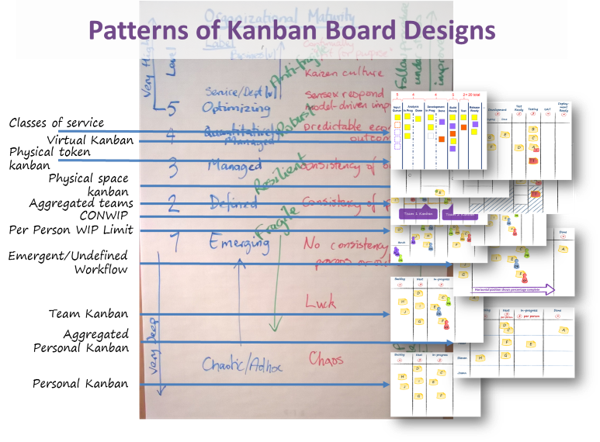
Figure 11. Classes of Service & Organizational Maturity
Aggregated Service Kanban Boards
Figure 12 shows a larger system which provides multiple services, or services multiple work item types using the same pool of people and flowing the different types of work through an identical or almost identical workflow. Aggregation provides greater liquidity and provides the ability to manage flow as demand for different types of work ebbs and flows. By utilizing a capacity allocation, creating a WIP limit on the rows of the kanban board, we can shape the demand for a given type of work and also regulate the average delivery rate of work of a given type.
We are showing the ability to manage flow and the introduction of some quantitative techniques to ensure customer expectations are met consistently. We now have the discipline to shape demand across different types of work. This is solid maturity level 4 behavior as shown in Figure 12. It is also possible to include the use of classes of service within the provision of each service and hence, demand can be shaped in two dimensions and the kanban pull signal is now 3 dimensional. It is possible to decouple the replenishment and delivery planning cadences for different types of work (rows on the board) if this is desirable. The level of sophistication of collaboration and risk management is improving all the time in comparison to lower maturity, shallower kanban implementations.
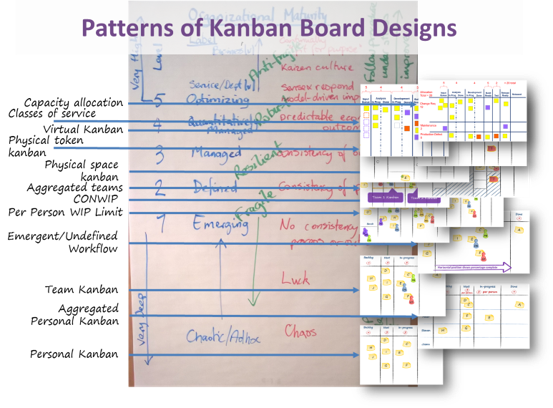
Figure 12. Capacity Allocation Across Aggregated Services & Organizational Maturity
Liquidity Optimization Kanban Boards
Figure 13 shows that by adding a workforce layer to our kanban board, we take it up a notch in maturity. We are now mapping customer concerns such as having a consistent collaboration interface and integrating our need to manage flow and utilize a flexible workforce to adjust to ebb and flow in demand for work of a given type. We have now integrated staff development and training into our explicit policies and our own risk management strategy.
These behaviors will tighten the social cohesion of our workforce, improve collaboration and help us manage flow at the most effective of levels. Kanban systems such as these are likely to be larger and involve greater numbers of people – typically 25 to 50 though as many as 75 has been observed. If most other aspects of the Kanban Method are now present such as quantitative metrics together with Operations and Risk Reviews then it is likely we have an emerging maturity level 5 organization. If Strategy Review enters the mix and metrics in use are explicitly fitness criteria based on understanding what makes our services “fit for purpose” in the eys of the customer then we have a solid maturity level 5 organization that is now optimizing its economic performance and insuring its survivability through a continual focus on fitness for purpose and customer satisfaction.
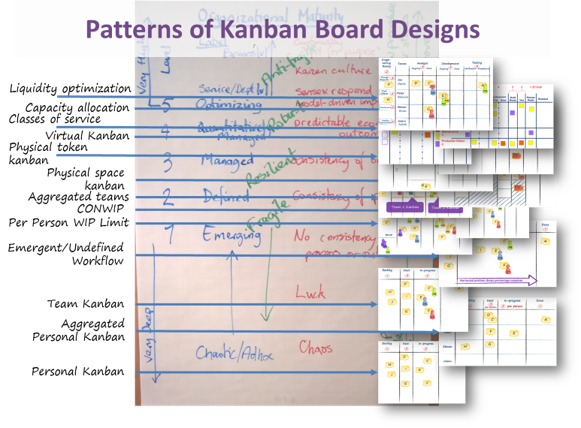
Figure 13. Liquidity Optimization Kanban Board & Organizational Maturity
Conclusions
So what have we learned from understanding how kanban board and system designs map to organizational maturity levels?
The first observation is that with the publication of the Kanban Method in 2010 based on work from 2007, we started with maturity level 4 designs. Even though I and others described how to implement Kanban in an incremental fashion and to start with simpler designs, the simpler versions were still borderline maturity level 3.
The reality is that most of the adopting audience is at a much lower level of organizational maturity, and many people adopting were not the middle-manager target audience similar to me or Mike Burrows. When we saw lower level, grass roots, bottom-up adoption, it was inevitable that this was at a lower level of organizational maturity. It was therefore inevitable that proto-kanban emerged in the market. It is a tribute to the deliberate choices that I, and others made, to define the method in somewhat loose and ambiguous terms, such as “limit WIP” rather than the explicit and unambiguous, “implement a virtial kanban system,” that we got an explosion of diversity and mutations of kanban implementations – an entire ecosystem of variants emerged from Personal Kanban upwards. Had the method been rigorously defined in unambiguous terms then we wouldn’t have this diversity and we wouldn’t have solutions capable of helping significant portions of the market.
The leaders of the Scrum community have liked to position Kanban as “only for experts” and “only for high maturity organizations.” Many have advised their clients that they “aren’t ready for Kanban.” This is because they’ve viewed Kanban through their own lens. A lens where the method is rigorously and unambiguously defined. Ken Schwaber makes it quite clear that Scrum is a defined method designed to be implemented as written. Scrum works – and of this I have no doubt – in a particular context, and your challenge is to change your context so that Scrum works for you. Kanban has always been the antithesis of this. Kanban has always been about “starting where you are now” and evolving. If you are going to promote an evolutionary method, you cannot promote a rigorously defined method and defend its definition overtly. It is necessary to label “Scrum-but” and, in Ken Schwaber’s case to label those deviating from the precise prescription as “Scrum-butts” when you take a “change your context approach” to improving service delivery outcomes. When you take the opposite approach, a tune your workflow processes to enable better customer satisfaction, within your existing context, then you have to embrace variation and mutation.
When people started asking, in 2008, “are we doing Kanban or not?” my answer was always to say, it isn’t a question of practice adoption, it is a question of intent. If you have the intent to “start with what you do now” and improve in an evolutionary manner using visualization and WIP limits as the catalysts for change, then, “yes, you are doing Kanban!.” If you merely have some boards on the wall, with sticky notes visualizing tasks and there is no intent to drive evolutionary change then “no, you are not doing Kanban.”
In part 4, I will examine, what it takes beyond a kanban board and system design to enable evolutionary change and improvement inorganizational maturity. For now, it is important to understand that Kanban coaches embrace proto-kanban and shallow implementations as a necessary tool to fit Kanban implementations to existing levels of organizational maturity. In a method that is truly focused on “start with what you do now,” we need to embrace techniques that enable us to do that with minimal resistance or disruption to existing processes and practices.
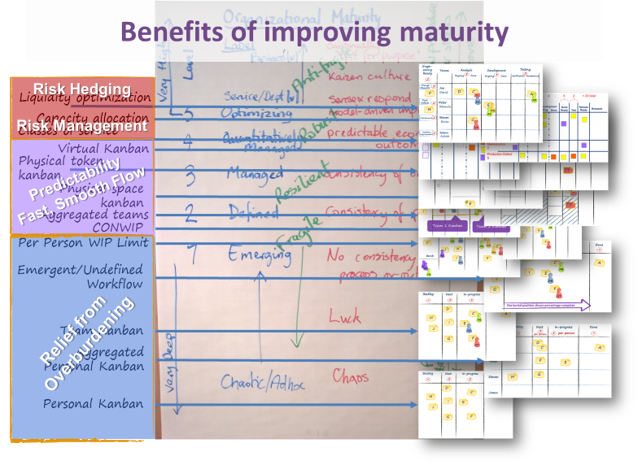
Figure 14. Benefits of Improving Maturity
Not only is the Kanban Method designed to enable evolutionary change in your organization, it was defined in a manner that enables evolutionary change of the method itself. As such, we’ve seen a lot of diversity and mutation over the past 9 years. This has enabled Kanban to address a much wider set of circumstances. It isn’t true that “Kanban is only for experts,” or “Kanban is only for high maturity organizations.”
Kanban is flexible enough, that in the hands of a professionally trained coach, it can be for any organization, at any level, and it has been shown that again in the hands of a professionally trained coach, Kanban is capable of facilitating accelerated improvement in organizational maturity with the corresponding benefits or better customer satisfaction and better economic performance through consistency of outcome and quantitative risk management for consistency of economic results. Figure 14 shows that organizations at maturity level 1 benefit from relief from overburdening. This has the effect of making the workforce happier and generally leads to improved product or service quality.
Customer satisfaction does improve to this degree. At levels 2 and 3 we see a switch to a focus on flow and improving the service delivery and meeting customer expectations for lead time and predictability. At level 4, there is a focus on risk management both internally and servicing the customer in a way that facilitates their own risk management. We see risk hedging strategies emerging as a way of improving the consistency of economic outcomes. With a full implementation of the Kanban Method and achievement of level 5, the benefit is continual fitness for purpose, survivability in the face of fickle, uncertain market, political and economic conditions.
Learn more…
If you would like to know more about becoming a kanban coach take a look at Lean Kanban University and consider attending our Kanban Coaching Professional training. See listings for details.
Read more…
Part 1: Organizational Maturity & the J-Curve Effect
Part 2: Patterns of Kanban Maturity
Part 4: Driving Evolutionary Change with the Kanban Method


